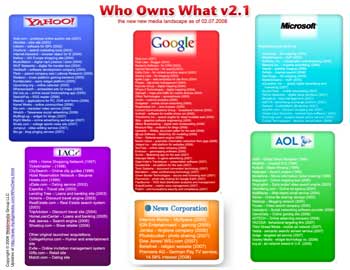
A telephone conversation last night — once the caller had garbled my name and I’d said that it was me, and I’d asked who was calling:
Caller: I’m calling from [unintelligible] on behalf of Westpac Bank.
Me: Before we go any further, how do I know you’re calling on behalf of my bank?
Caller: Sorry? We’ve been given the database…
Me: Before I discuss any kind of personal or financial information, how do I know you’re legitimately calling on behalf of Westpac bank, as opposed to just some person claiming that?
Caller: [sounding confused] Well, I don’t know…
Me: Well, I guess I’ll be hanging up then. Goodbye.
Another point, of course, is why they thought I might want to discuss anything financial at 7.20pm after a long day — when most people are either unwinding or trying to have dinner.
Dear Westpac, if you have something to discuss, isn’t that my Business Banking Manager’s job? During business hours? I was really happy with the service you’ve given me so far this week — and now you’ve ruined it.
[Update 22 December 2011: I failed to credit the originator of security through sincerity, Eric TF Bat.]


